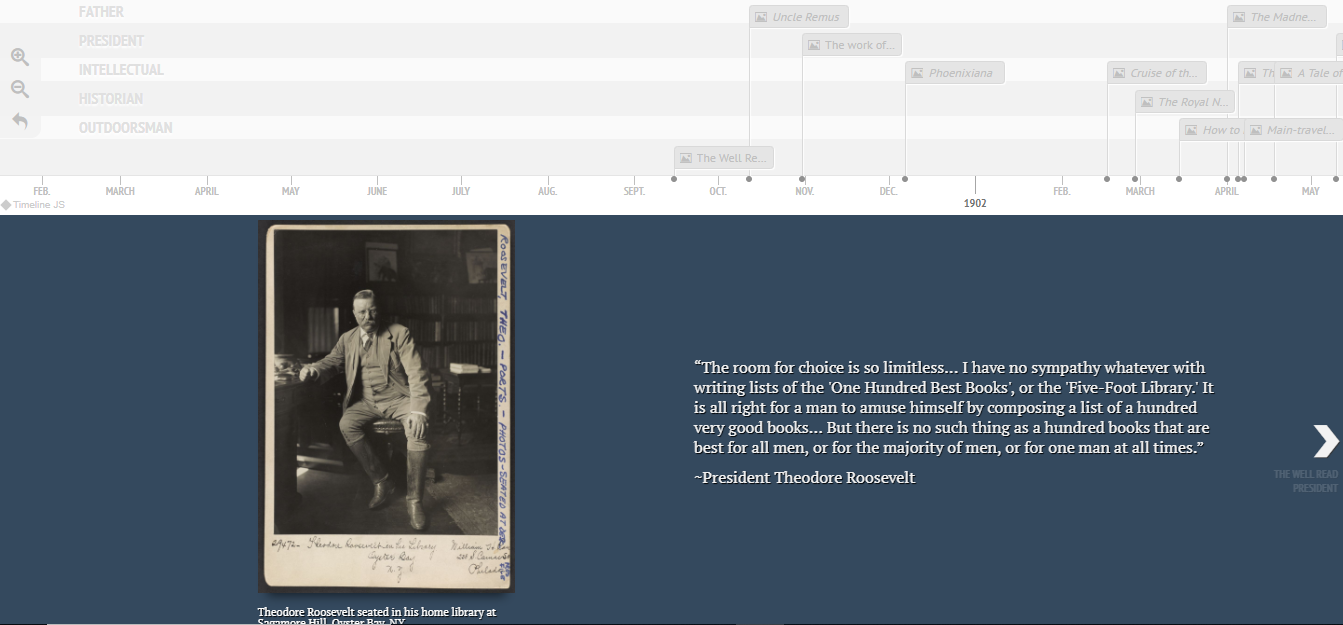“Mitakuyepi! Welcome!” Bdote Memory Map. http://bdotememorymap.org/.
The Bdote Memory Map started out as a local history project on a wall of the Ancient Traders Gallery in Minneapolis. The gallery is a community center for the Dakota people in the area. The visitors who toured the gallery participated in the collection of the community history by writing their memories of Dakota sites on the wall. The wall featured a map of the Minneapolis-St. Paul area and was marked with important Dakota sites. It displayed the sites with their Dakota names and allowed people to connect with those places. Eventually the memories found a new home as they became digitized and turned into the bdote memory map. The website is a continuation of the map on the gallery wall, plus the addition of educational tools and a telling of Dakota history.
The website presents itself extremely well. It is eye-catching and reflects the Dakota culture in many facets. The main page has a menu that allows visitors to navigate the site. A tab at the bottom of the page provides users with some background information about the Dakota. It did not take me long to learn why this site was called the “bdote” memory map. Clicking on the bottom of the circle takes the user to a video where a video shows a greeting in the Dakota tradition. A click to the right side of the circle and the user finds a video that explains the Dakota place in the world as “Urban Tribesmen.” The short video explains how the city is their home even after losing the land their ancestors lived on for hundreds of years. Clicking on the top of the circle takes the visitor to the memory map. It contains places around the Minneapolis-St. Paul area that are important to the Dakota tribe. When the user clicks on the site, they choose a list of videos about specific spots. Many of the videos are oral histories by people who witnessed the history that unfolded at those places. The left side of the circle provides a link to a brief history of the Dakota people in the area. It also explains the importance of being connected to a place. Tabs at the top of the page provide a Dakota glossary with words read by the Dakota people themselves. There are also lesson plans for teachers to help them teach about the Dakota tribe.
I found this website to be a great resource, it contains great primary sources and the information is easy to access. The first thing that I noticed was that this website encompasses everything that public history is. It is a community history, written by the community, for the education of the community and the public in general. It provides insight into the history of the Dakota people in the twin cities area of Minnesota. It allows community members to participate by adding their voices to the record and it allows young Dakotas to learn their history and traditions from their tribe members. This well-designed site is very user-friendly. It is a great place to learn more about the Dakota people for anyone who is interested in learning about them. This site would be especially useful to anyone doing research on the Dakota people. The oral histories are especially valuable for the stories that they record about the people and their experiences. Go and see for yourself, if nothing more than to discover why it is called the bdote memory map.


